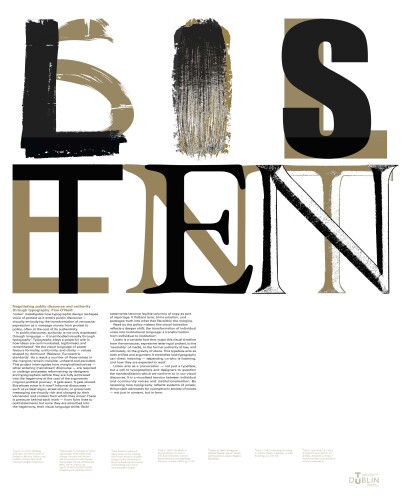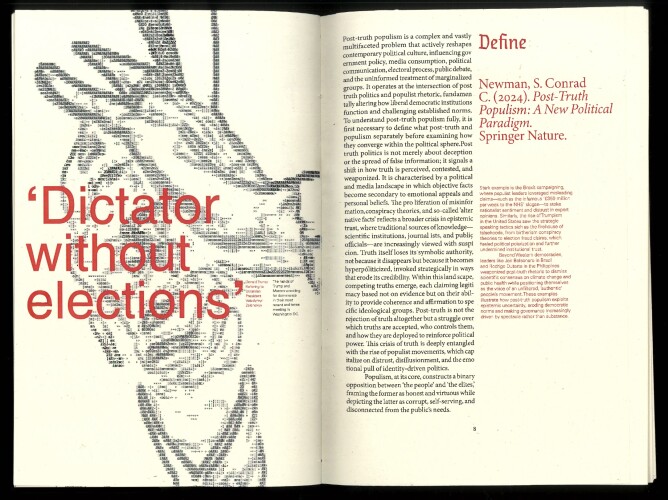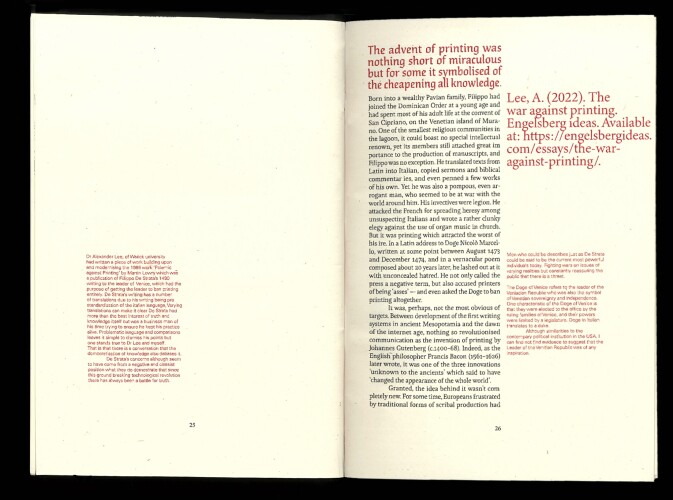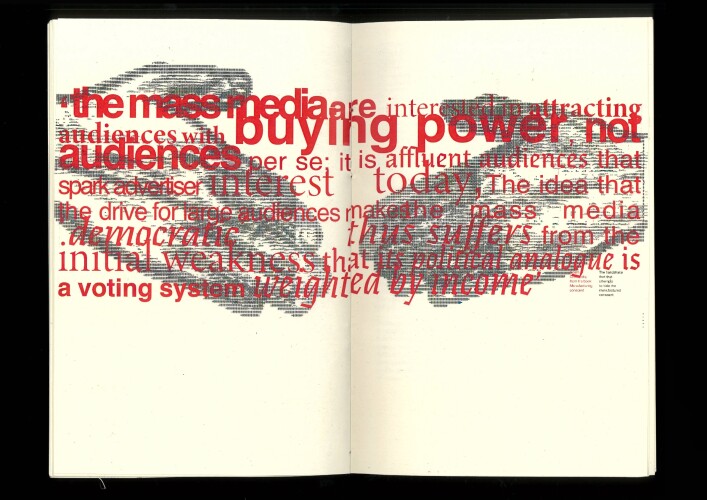Negotiating Public Discourse and Authority Through Typography
Listen investigates how typographic design reshapes voice of protest as it enters public discourse — visually embodying the transformation of vernacular expression as a message moves from protest to policy, often at the cost of its authenticity.
Listen is a variable font that maps this visual timeline from the vernacular, expressive lettering of protest, to the ‘neutrality’ of media, to the formal authority of law, and ultimately, to the gravity of stone. This typeface acts as both artifact and argument. It embodies how typography can direct meaning — depending on who is listening, and how they are expected to read.
Listen acts as a provocation — not just a typeface, but a call to typographers and designers to question the standardisation which we conform to in our visual discourse. It is a visualised tension between individual and community voices and institutionalisation. By revealing how typography reflects systems of power, this project advocates for a polyphonic society of voices — not just in content, but in form.




